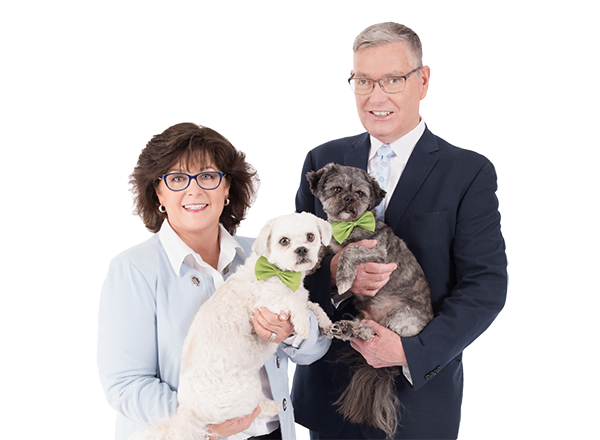All You Ever Wanted To Know About Insulation

So my last blog was about recognizing when you do not have sufficient insulation in your Orangeville Home. Now what? If you are not handy, the best thing to do is call a contractor because insulation can be installed incorrectly and can cause more damage than good. This is one of those times where more is NOT better! If you are a DIYer then you may want to learn more about the different types of insulation.
Insulation is important for comfort of both heat and cooling as well as saving money. I think most people want to be comfortable and save money! Having an energy audit completed on your home will show you how to best improve comfort and energy savings on your home. They will look at so many things you may not have considered as an energy loss.
Adequate insulation controls temperatures in winter and summer. It decreases moisture especially in attics. When there is insufficient insulation, it can lead to condensation and cause problems that excessive moisture causes. Proper insulation also acts as a sound barrier. It is amazing how you can go into homes right along a busy road and not hear a thing because they are well insulated.
A term often used when talking about insulation is R-value. Basically this is a measurement of how difficult it is for heat to flow through a certain thickness of material. The higher the R-value the more resistance to heat loss so you would save more money! R-values differ from area to area. Based on my research for here in Ontario we are considered Zone 1 and the following chart would apply:

So you can see from the chart, even various parts of your home require different R-values. R-values should be clearly identified on the product you choose.
There are several different types of insulation:
- Rolls and batts
- Loose fill
- Rigid foam
- Foam-In-Place Insulation
- Closed cell (most effective)
- Open cell
Factors which influence the type of insulation can be the climate, home design and budgets.
One of our readers last week inquired about their log home and I thought I really don’t know how they insulate log homes. Well after some research I found out that logs have an R-value. There is a formula to determine the value based on the type of wood, soft or hard and also the size of the log. Based on just raw calculations, log homes would be less energy efficient than a studded wall with insulation; however, log walls can act as thermal batteries. They can absorb the heat in the wood during the daytime and release the heat into the home at night and thus increasing their R-values marginally. Typically in a log home or timber frame there is no attic area under the roof. So how do you insulate? This is where the two types of Foam-in-place insulation come into use. The closed cell is most effective with the highest R-value but also the most costly. There is also a SIP board that is used under the roof material that sandwiches a foam insulation in-between two ridged boards. These are much easier to install and make the job rather quick.
I feel like there is so much information about insulation! The long and the short of things are to seek professional help when you have any questions or concerns. We have a list of reputable people we would refer you to. If ever you have any questions about building, renovating or doing work to increase value in your home, don’t forget we are a valuable source of information!

